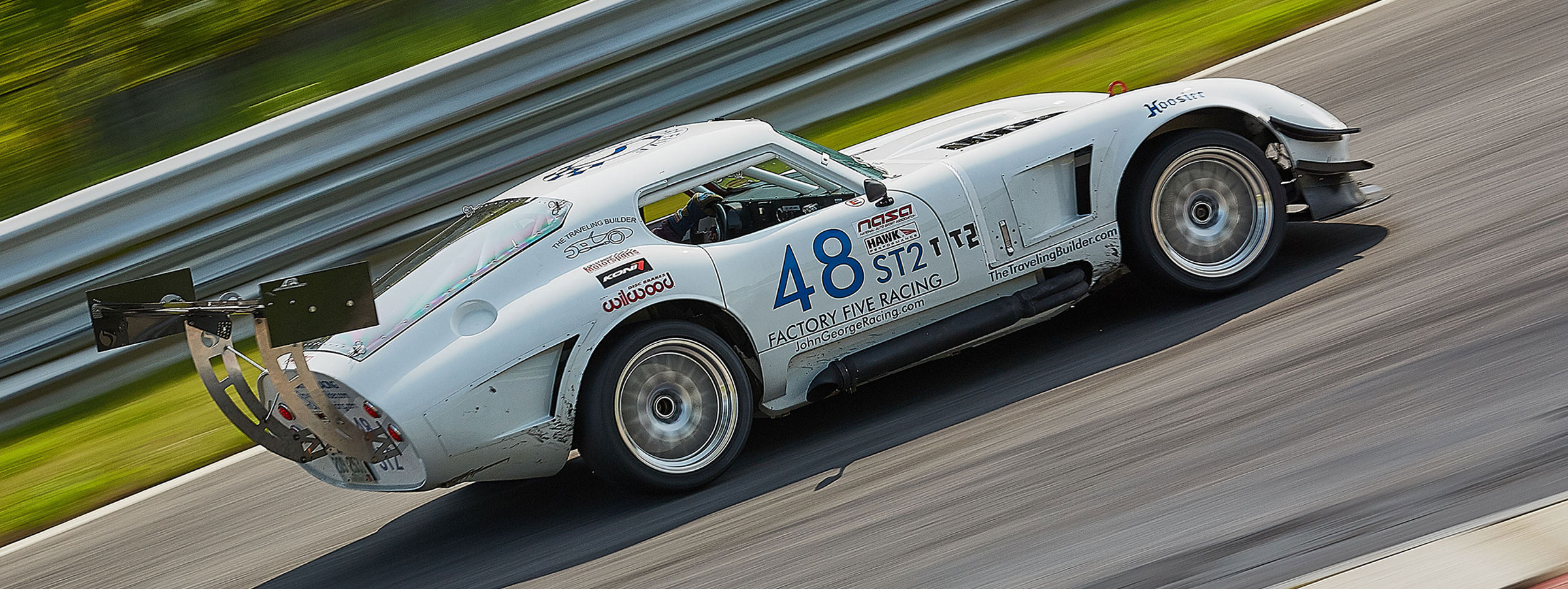A kit car sounds like a toy a child might build- a premade kit of supplies to make a model car. To be fair, the truth isn’t that different. It’s still a car that’s assembled from the parts supplied. The resulting vehicle is much larger, however, and fully functional. Yes, if you’ve ever wanted to build your own car but don’t have a factory at your disposal, there’s a product for you.
History
The earliest known kit car was designed in 1896. Thomas Hyler-White developed a vehicle that could be assembled at home and published the blueprints in The English Mechanic magazine. Sixteen years later, the “Lad’s Car” could be bought either preassembled or in kit form in the United States. While this means the concept was around since the dawn of the automobile, it wasn’t until the 1950s that it began gaining popularity.
As a refresher, the 1950s was an era of wealth and relaxation for much of the world. Coming off the heels of World War II, Americans had excess money and free time. This same period saw advancements in technology and plastics, particularly the introduction of fiberglass. These factors combined made kit cars an appealing hobby to consumers- a symbol of wealth while also being something to do on the weekends. (It’s worth noting that in the UK, partially-assembled cars were sometimes labeled as kit cars to avoid purchase tax.)

Kit Cars Today
In the modern day, most kit cars are recreations of classic cars. Replicas of the AC Cobra and Lotus 7 are among the more popular models, but any classic automobile can feasibly be rebuilt using a kit. Unlike the originals, however, the copies are made of fiberglass instead of sheet metal. While not exact, it’s still enough that most enthusiasts are willing to put the time into building them. And the build time can range anywhere from a 100 to 1,500 hours, with some modern kits taking upwards of 5,000 hours because of complexity.
The most surprising thing about kit cars is that they’re street legal. Few would think that something built by one person would pass the required safety tests to be used as a traditional vehicle. There are also safety concerns, mainly due to lack of quality control. How do they know the car was assembled with the same care and precision as those from a factory? While a valid worry, most countries where kit cars are popular have laws in place to maintain order. For example, the Specialty Equipment Market Association (SEMA) allows each state in the US to set up their own ways to register these automobiles for inspection and license plates.
For those interested in building kit cars, be prepared to shell out both time and money. Prices can be in the tens of thousands for the kits alone. Other resources, like tools and materials, add to the rising cost. This is on top of the dedication of time and energy discussed previously. However, there are plenty of dedicated retailers both online and brick-and-mortar stores, which makes tracking down the perfect kit easier. And it’s comforting to know your efforts won’t waste away in a garage when you’re done, provided you apply for registration.
Building kit cars isn’t a hobby for everybody. The average person with moderate free time would probably be better off just working with a scale model car. But those willing to push themselves to build a full-size, working vehicle should be commended. It takes a lot of skill to create something as complex as an automobile, even with a guide.
Just remember to buckle your seatbelt.




